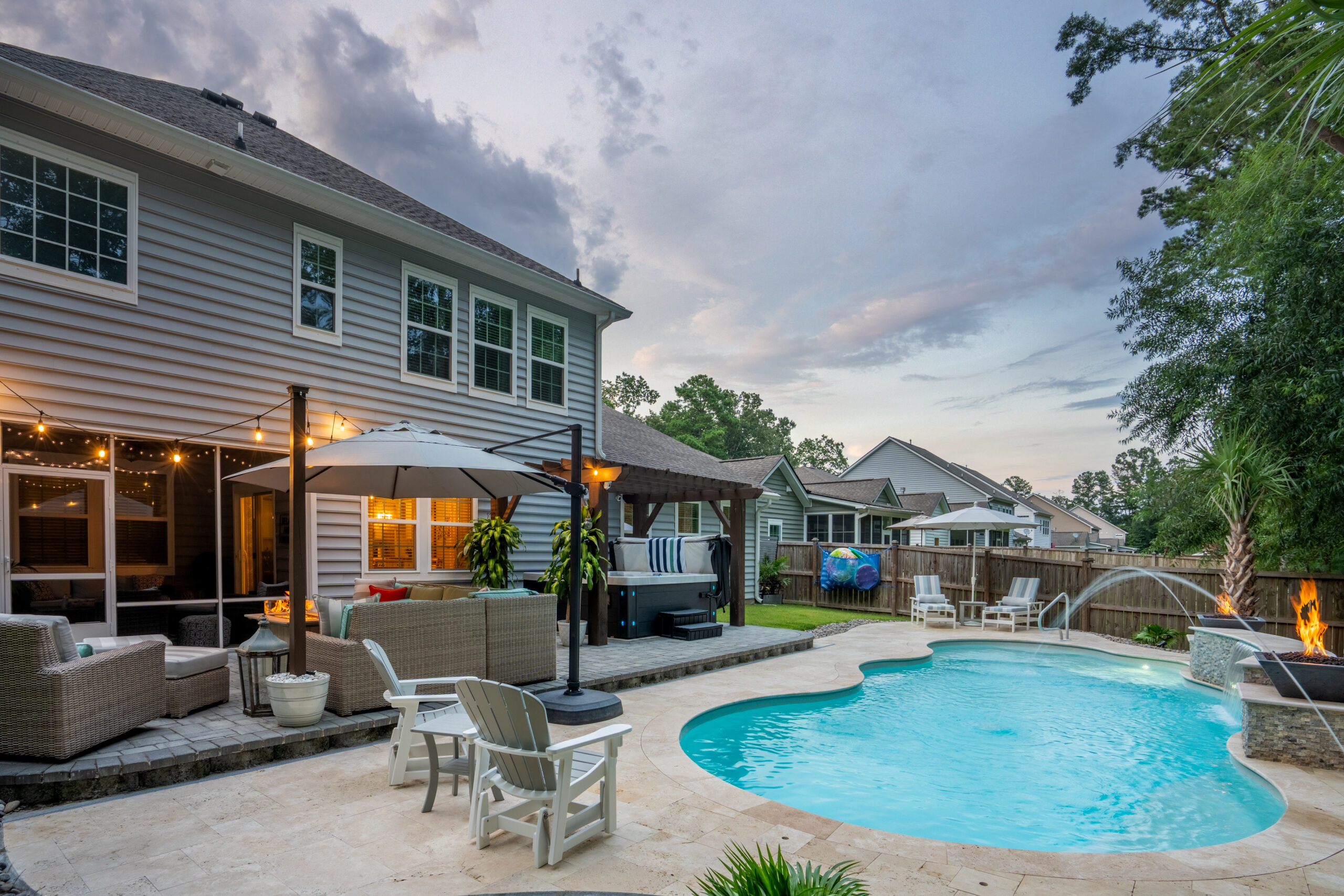How to Extend the Life of Your Pool Plaster
1. Balance Your Water—Religiously
Water that’s too acidic or too alkaline will degrade plaster over time. Scaling, etching, and discoloration often trace back to unbalanced water chemistry.
We recommend weekly testing and adjustments to maintain ideal ranges:
- pH: 7.4–7.6
- Calcium Hardness: 200–400 ppm
- Total Alkalinity: 80–120 ppm
- Langelier Saturation Index (LSI): Kept in check to avoid corrosive or scaling conditions
Need help? We offer service plans to handle this for you—precisely, consistently, and with the correct treatments.
2. Brush Weekly, Especially the First Month
New plaster surfaces should be brushed daily for the first 2–4 weeks to remove plaster dust and prevent streaking. After that, a weekly brushing keeps algae and stains from setting in, especially in low-circulation zones.
We’ll show you the right technique and provide the right brush—because the wrong one can do more harm than good.
3. Never Drain Your Pool
Completely draining a pool can expose the plaster to direct sunlight and extreme temperature changes, which can cause cracking or accelerated deterioration. Instead of draining, work with a professional to manage water chemistry and perform partial water exchanges if necessary. Keeping your pool filled and balanced helps protect the plaster’s integrity and extend its lifespan.
4. Schedule Regular Inspections
Even the best-kept pools benefit from periodic checkups. We inspect for microcracks, calcium nodules, and early signs of surface wear—so you can address issues before they become costly repairs.
Plaster is built to last—but only with the right care. Heritage Pools provides the expertise to keep your surface smooth, safe, and stunning.
Swim Here, and let the finish speak for itself.
